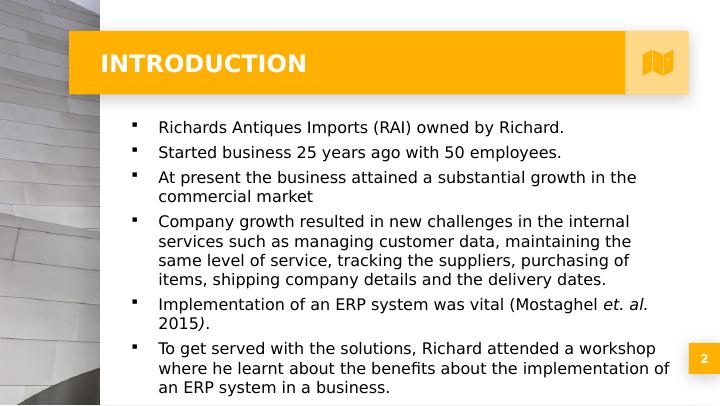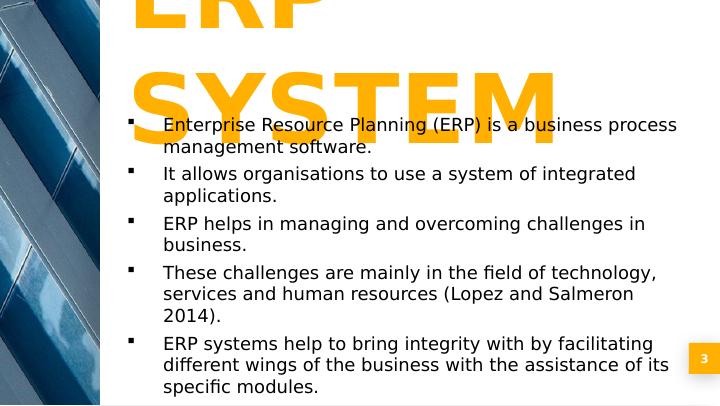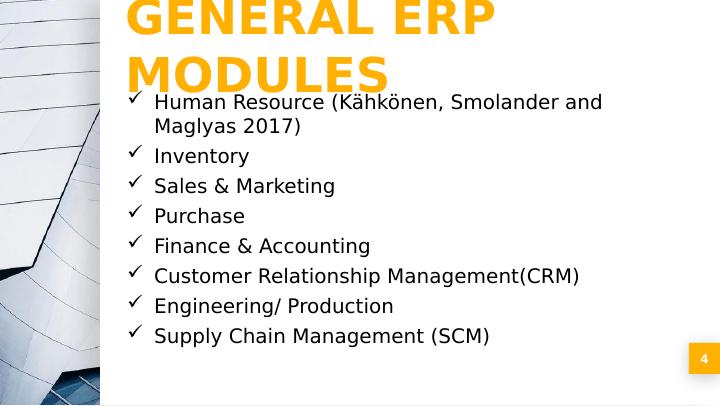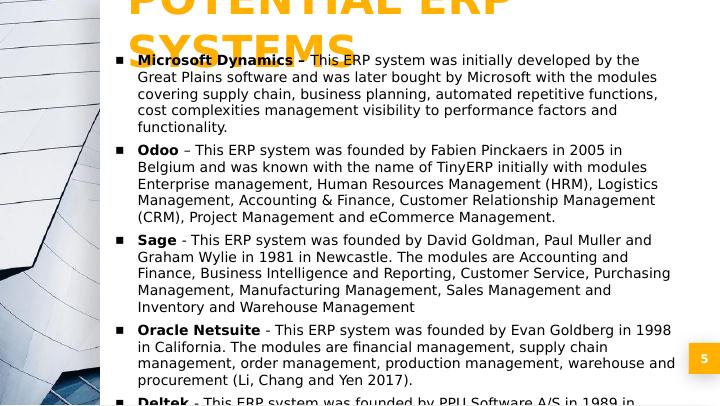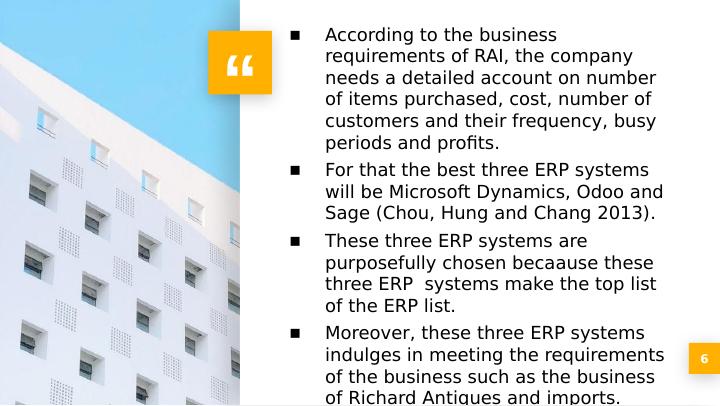Implementation of ERP in an Organisation
This case study explores the relationship between ERP implementation and job satisfaction, specifically focusing on the impact of ERP system implementation on job characteristics and job satisfaction. The study found that ERP system implementation can moderate the relationship between job characteristics and job satisfaction, highlighting the role of technology-enabled organizational change in shaping job outcomes.
Added on 2023-06-07
About This Document
Implementation of ERP in an Organisation
This case study explores the relationship between ERP implementation and job satisfaction, specifically focusing on the impact of ERP system implementation on job characteristics and job satisfaction. The study found that ERP system implementation can moderate the relationship between job characteristics and job satisfaction, highlighting the role of technology-enabled organizational change in shaping job outcomes.
Added on 2023-06-07
End of preview
Want to access all the pages? Upload your documents or become a member.


